Are you incorporating enough brain breaks into your lesson planning? The concept isn’t exactly new — teachers have been adding short mental break time throughout the day since at least the 1980s — but the educational research on the benefits keeps growing. And the more the evidence piles up, the more educators ask us for fresh brain break ideas to add to their school day.
We know you’re already up to your ears in lesson planning, reports writing and marking, so the teachers on the Teach Starter team have put together some of our favourite brain break ideas to help you break up the day and improve student well-being and productivity while you’re at it! Read on for a look at the educational research into making breaks effective in the classroom, plus some ways to give kids’ brains some much-needed rest.
Where Did Brain Breaks Come From?
Before we dive into the ideas themselves, it’s worth taking a look at what got us here. Although there’s no one person who ‘invented’ brain breaks, experts tend to credit an American educator named Paul Dennison with popularising the concept. Dennison was a reading specialist in California who started experimenting with the use of movement in the classroom and later founded a learning readiness program called Brain Gym that focuses on ‘edu-kinesthetics.’
His ideas exploded, and now educators all around the world are not just incorporating movement into education but also specifically breaking up instruction time for primary learners to get up, move around and refocus their minds.
The results are hard to argue with, after all. For example, a 2011 study published in the Journal of Educational Psychology found that taking brief breaks during tasks improved attention control and cognitive functioning — essentially improving our students’ focus and attention.
There’s also evidence that taking breaks during creative tasks leads to improved idea generation and creative performance, translating to increased creativity and problem-solving abilities in the classroom. And, of course, there are enhanced mood and energy levels for students when they get these important moments to recharge.
Short on time and want 18 ideas you can print? You can use these fun brain breaks activity cards and signs to create a ‘Brain Break Board!’ Included in this printable resource are coloured circles that can be stuck on the end of paddle pop sticks. Use these signs to indicate to your students what activity they will be doing.
How to Make Brain Breaks Effective
With all this in mind, it’s important to use these breaks in the school day effectively — not just peppering the day with them. Here are a few tips from our teacher team to get the most out of this teaching tool:
- Break often. Breaks should be done at least every 20 to 30 minutes, although the exact amount of time will vary depending on the year level you’re teaching.
- Be consistent. Regular brain breaks can help to establish a routine and make them more effective over time.
- Make it fun. The goal is to really give students a break, so don’t make the time away from instruction onerous! Activities that are fun and interactive can help to increase student motivation and participation.
- Change it up. Rather than doing the same activity each time you break, try new things (like the ideas below). Incorporating different types of activities, such as physical movements, breathing exercises, and mindfulness practices, can help to keep brain breaks fresh and exciting.
Brain Break Ideas for the Classroom
As teachers, we know the research, and we know that brain breaks are an essential part of the classroom routine. But sometimes, it gets hard coming up with fun ways to incorporate brain breaks into the classroom day after day after day. Here are some fun and easy ideas from our team that are the perfect solution to this problem.
Dance-Off
Choose an age-appropriate song for your class, and see who can make it to the end of this dance-off challenge. Play the music, and have the students dance. When the music stops, students have to freeze. Whoever moves, is out. You can keep playing until there is one person left. Those students who are already out can help you spot students who move when the music is off.
Play Would You Rather
This is a great way to get students up and moving to get out their wiggles, and it can result in some giggles too! Read out a series of would you rather questions with 2 options. Students will get the choice to head to one end of the classroom or the other to demonstrate their answer to the question. It’s simple but effective!
Hearts, Diamonds, Clubs and Spades
Using each of the suits in the deck of cards, place one in each corner of the classroom. From the remaining deck of cards, remove the aces and then shuffle. Pull out a random card and show it to the students.
Your students then call out the suit — hearts, diamonds, clubs or spades — and hurry to the correct corner. Students who go to the incorrect corner or the last few students to the correct corner are out and return to their seats to watch their classmates.
Fitness Bingo
Kids love playing Bingo, so why not incorporate a little bit of a brain break with some fitness bingo? These printable fitness bingo cards have a series of activities that can be done in a classroom, so you don’t have to take the students outside or find a lot of extra space. The aim is, of course, for students to get a full row of the activities you call out, but everyone can act out the activities to get their wiggles out, even if the move doesn’t appear on their personal card.
You can also vary it by placing our 24 fitness exercise cards in a bucket and having students randomly select an activity to perform.
Mirror, Mirror
This is a simple game that is sure to get your students laughing. Have students stand in front of a partner and assign one person to be the mirror. Their job is to do everything their partner does. After a few minutes, yell ‘switch’ so the other students get the chance to be the mirror as well.
Freebie Alert! Download our free ‘ocean movement’ cards for 12 fun movements kids can do right at their desks — all like ocean animals!
Shuffle, Shuffle, Group!
In this game, students shuffle around the classroom until the teacher calls out ‘groups of’ and a number. When they hear this phrase, students must quickly group themselves into groups with the correct number of people. The teacher can call out any number for the group size — think about the number of students in your class and try to aim for at least one odd student out. Students who don’t fit into a group are ‘out.’
The Bean Game
This brain break is a favourite here at the Teach Starter office, The Bean Game.
This active game encourages the development of listening skills, cognitive processing skills, physical activity and social skills. Students move carefully and silently around a safe, open space. As soon as they hear the ‘bean call,’ students make the shape or movement of the corresponding bean as quickly as they can!
Simon Says
It’s an oldie, but it’s a goodie, and students love to play Simon Says. Not only does this game give students a break from direct instruction, but it has the added benefit of helping them work on their listening skills. Want to add a competitive element? You can have students compete to see who can follow the instructions the fastest or who can get the most correct answers in a row.
Timed Chatter
Allow the students to do what they are desperate to do. Set a 3-minute timer, and allow the students to get up and talk to their friends. It may not be the most creative brain break idea, but they don’t have to be. Sometimes simple really is best!

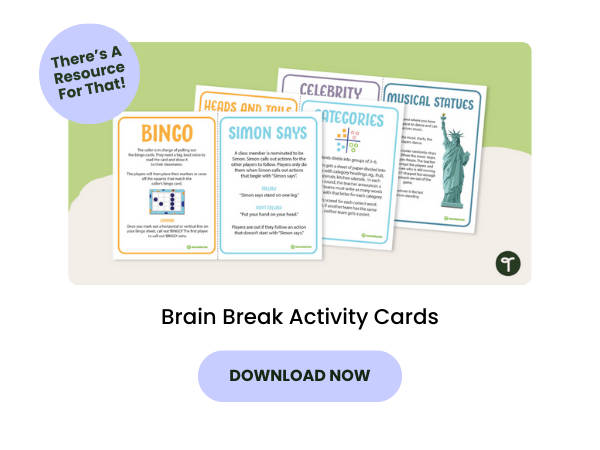
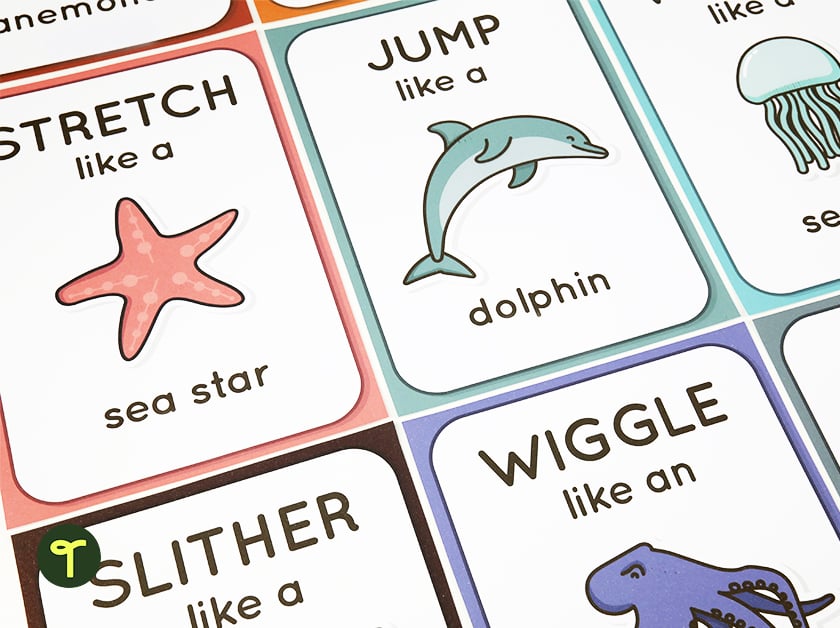

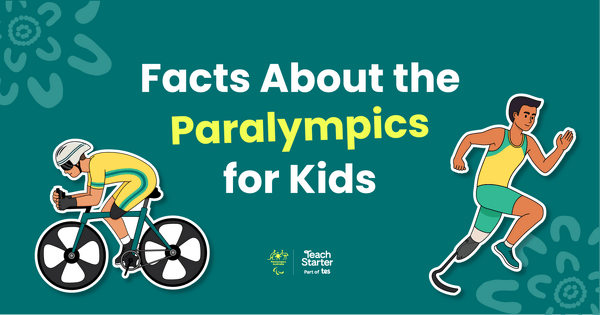

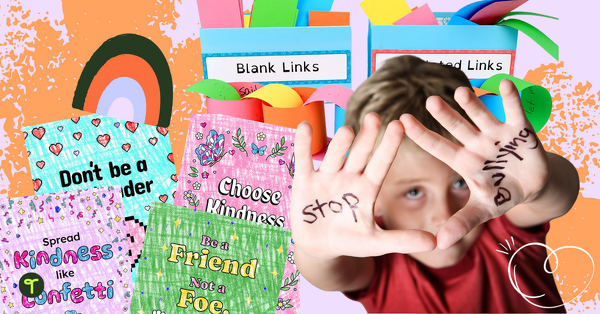
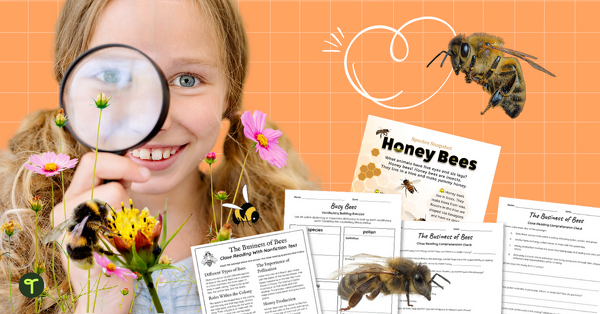
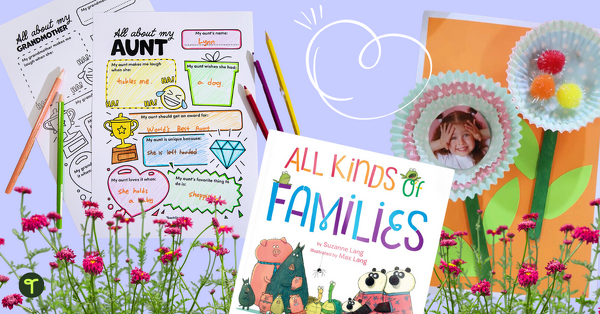
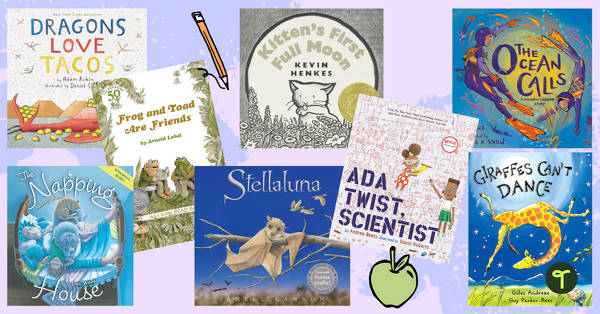
Comments